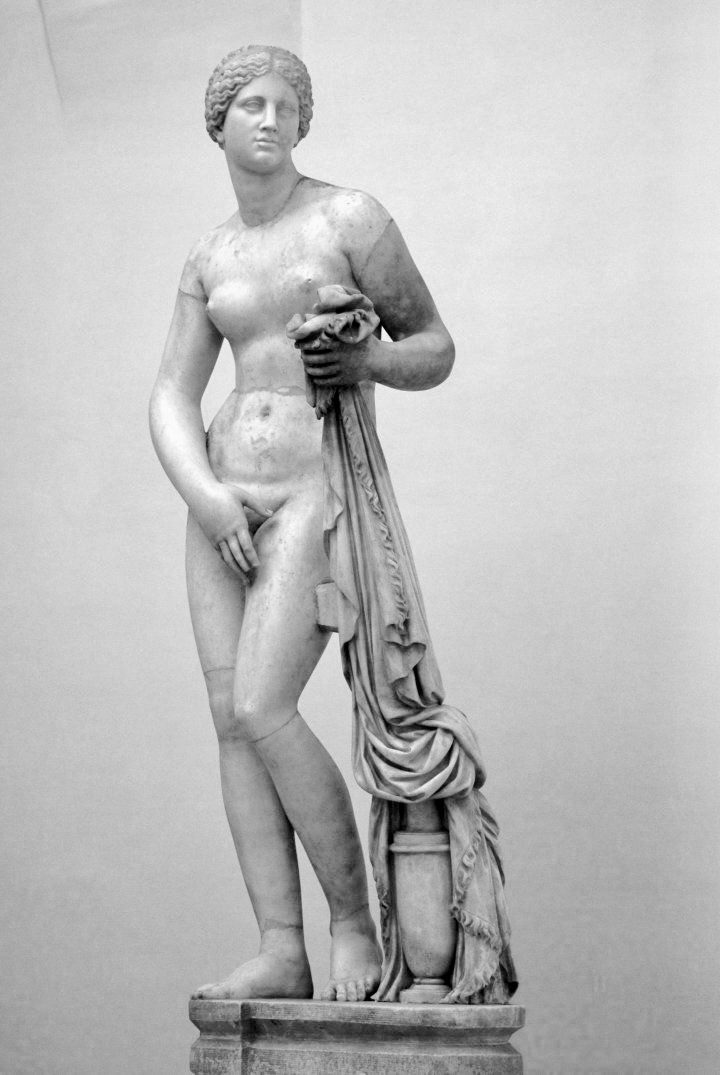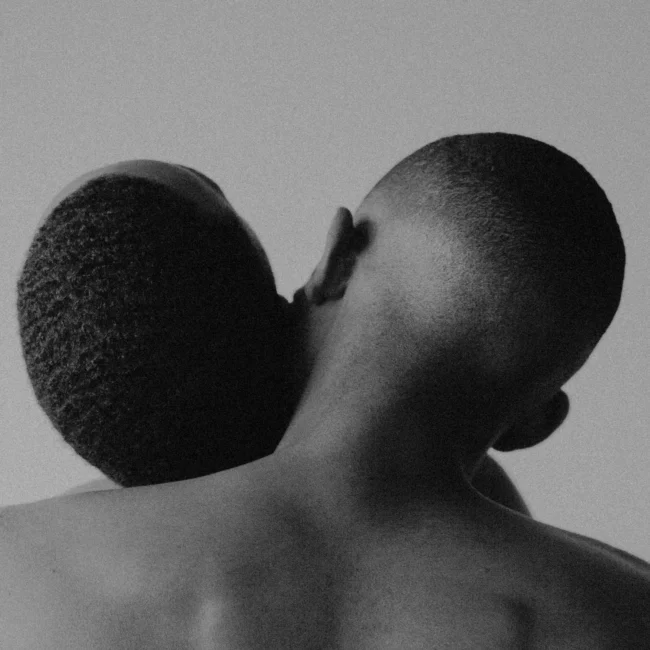Cunnilingus and fellatio. A duo that will perform your favourite dance. They’ll call out your special number, sixty-nine. A feast designed for two that’ll top any restaurant quality dish and satiate your every hunger pang – hat worthy shit. Foreplay or your entree? I’ll leave it in your hands.The two types of ‘going down’, clitoral stimulation and blow jobs, if we want to be modern. A sexual activity in which one person uses the mouth to stimulate another person’s genitalia. A practice that has a rich history and is interchanging with each playmate.
But how did we get here and how long did it take for us to travel downtown?
Let’s take a trip down memory lane. Oral sex is considered an ancient activity based on past manuscripts from the Hebrews, the Greeks, the Romans, our beloved Indians that brought us our Kama Sutra manual, the Egyptians – their wall inscriptions is enough of a sell, and the reliefs of several historical buildings depict this activity.
In ancient Rome, sexual practices were diverse and often documented in art and literature. Sex between men was a common act of love AND punishment. In some cases, if you were a male and reprimanded, you would be forced to provide a genital kiss.
The Greeks defined blowjobs as ‘playing the flute’ so much so, the Grecians happily lifted their togas for someone to sashay along and play their flute. It was also widely accepted for oral sex to be exchanged between two straight men.
The Kama Sutra, an ancient Indian text on human sexuality, also containing references to oral sex, showcasing its existence in different corners of the world. It was written in ancient Sanskrit in India, dated to 400 BCE–200 CE and attributed to an Indian philosopher, Vatsyayana.
Consequently, oral sex was stigmatised and considered taboo during the 14th-15th era, the medieval days. As societies evolved and religious influences gained prominence during this period, attitudes toward sexuality, including oral sex, became more conservative. Many religious doctrines viewed sex solely as a means of procreation, and any form of sexual pleasure outside this purpose was often condemned.
The Renaissance period aka the rediscovery period, 1500-1600s marked a shift in cultural and artistic expression, leading to a renewed interest in human sexuality. Art from this period began to depict more explicit scenes, including oral sex, challenging the taboos of previous centuries. However, societal attitudes were still largely influenced by religious and moralistic perspectives.
Victorian days being the 1800s, think Bridgerton, is the century of sex and the body. Sexuality had thawed out and the libido was liberated. This period offered a guilt-free sexual playground – ready to roll at the drop of a hanky. The eighteenth century is when modern sex was born, it changed the ways in which bodies were understood, sexuality constructed, and sexual activity carried out. Was it gossiped about though? Not quite. Let it be known, the Victorians were still verbally reserved and clutching their pearls.




